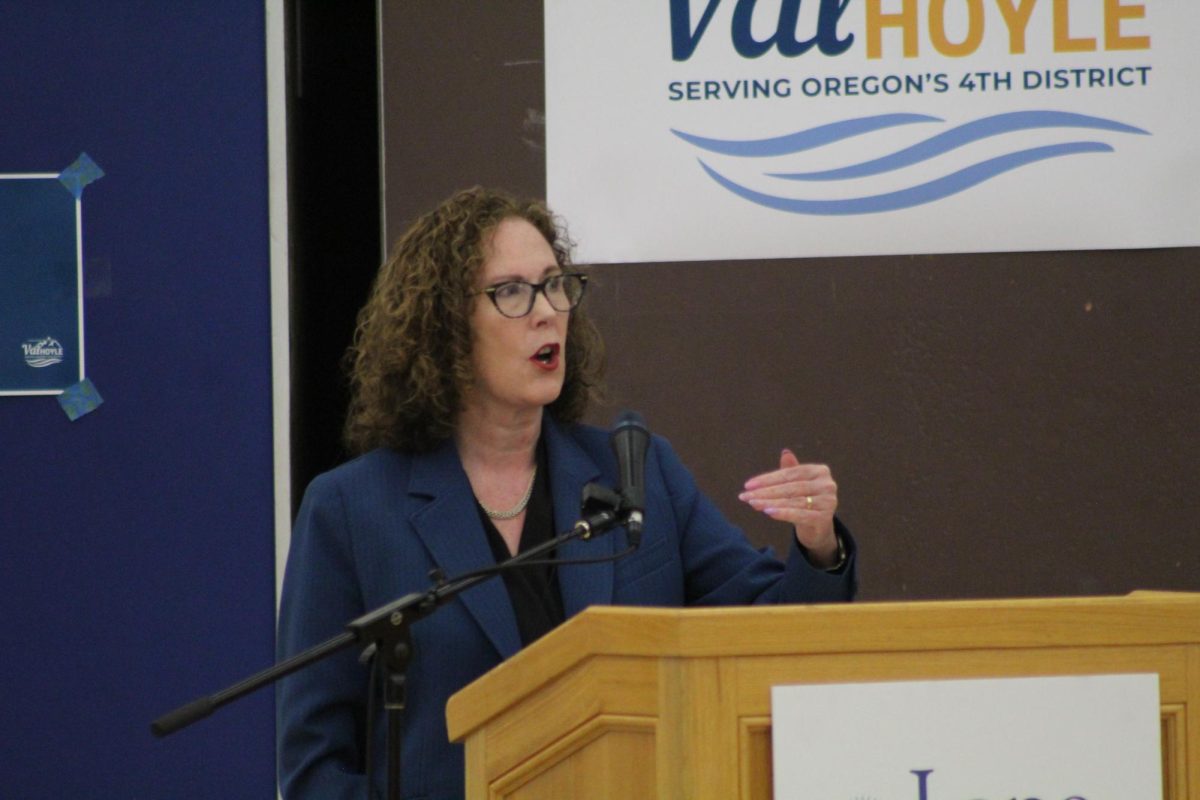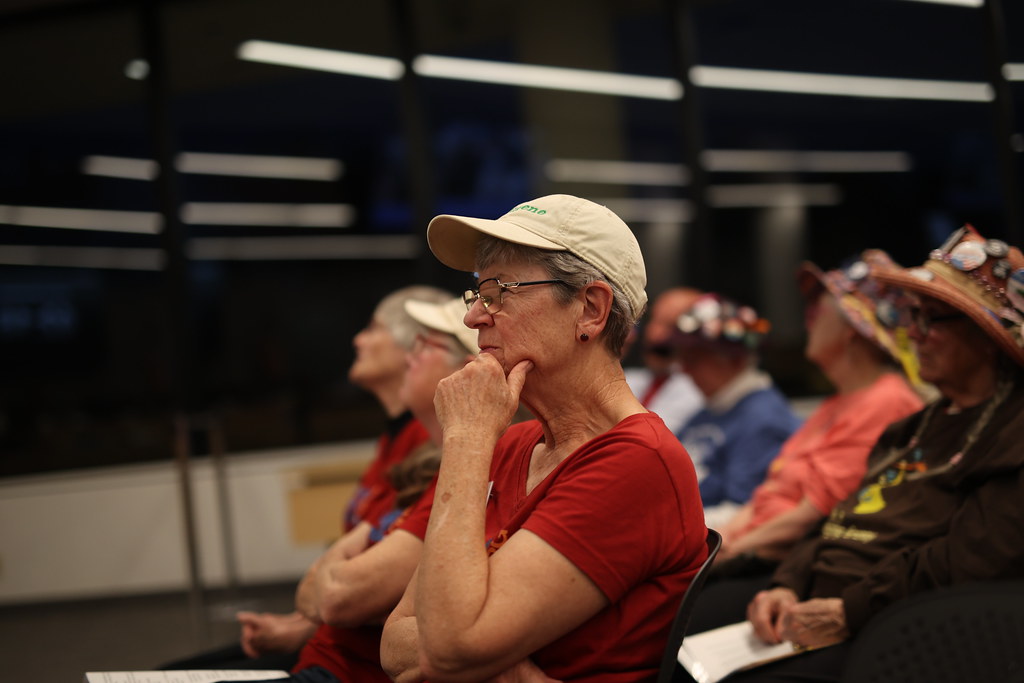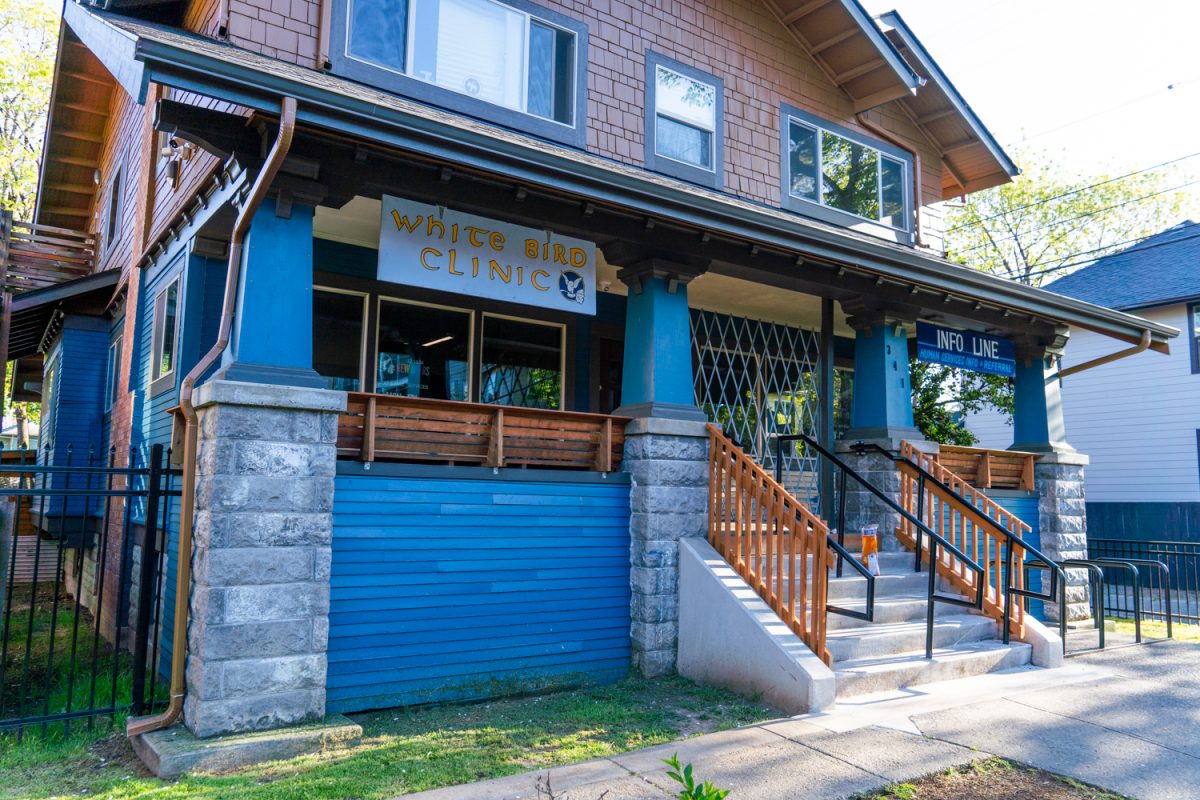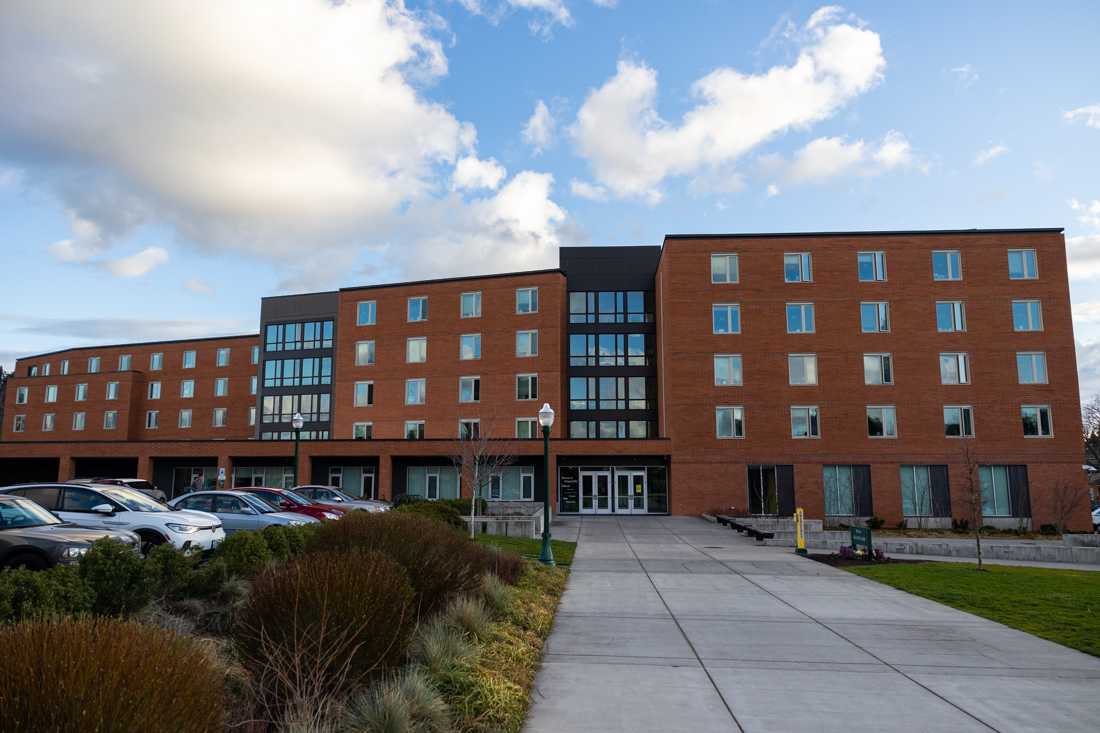The City of Eugene purchased $52,000 of carbon offsets through the Climate Trust, a nonprofit that manages carbon offset acquisition programs, on July 8. The purchase aligns with the efforts of many Eugene agencies — including the City of Eugene, the University of Oregon and Lane Transit District — to comply with goals in their climate action plans in order to reduce carbon emissions.
Governments and organizations purchase carbon offsets to compensate for their emissions of greenhouse gases. The purchases fund existing initiatives elsewhere that reduce greenhouse gases.
Eugene became carbon neutral last year in compliance with its 2016 Climate Recovery Ordinance. The ordinance set targets and benchmarks for the city, including achieving carbon neutrality in city operations and city-owned facilities by 2020 — a 50% reduction of fossil fuels compared to 2010 usage — and reducing Eugene’s average global atmospheric greenhouse gas levels to no more than its average share of 350 ppm.
“They’re all aggressive targets, but this is our especially aggressive target,” Climate Policy Analyst of Eugene Samantha Roberts said. “That’s why this work is just astronomical.” She said reaching the last target will require a 7.6% annual reduction of emissions.
Eugene will invest the carbon offsets into a Washington forest management project called the Winston Creek Improved Forest Management Project. Roberts said the city chose the project because of its proximity to Eugene, future water quality improvements and species protection for the endangered marbled murrelet and near-threatened spotted owl.
The city purchased the carbon offsets to compensate for its 2020 emissions, according to its biannual greenhouse gas report.
Roberts said the city began researching carbon offsets after the 2016 Climate Recovery Ordinance passed because it knew the ordinance authorizes the offsets as a way to achieve internal carbon neutrality.
“I think this was written in such a way because there was sort of a knowledge that technology and cost weren’t going to align in time to meet carbon neutrality by 2020 — even with our best efforts moving forward,” Roberts said. “We would love to get to a point where we’re producing zero emissions in our operations. Until then, we’re using this as a tool to do that.”
Roberts said the city is working on reducing emissions throughout its operations. This includes purchasing electric vehicles, using solar systems to heat swimming pools and replacing natural gas boiler plants with air-to-water heat pump systems to heat buildings, she said.
In order to achieve its climate action goals on a community level, Eugene is working with its Eugene Climate Collaborative Partners — a group of 12 agencies who have made commitments to address climate change and largely impact fossil fuel use in Eugene through emission levels or their ability to alter systems that will prepare Eugene for climate change.
Lane Transit District is one of those partners. It has joint community greenhouse gas emission reduction goals with its partner jurisdictions, including Eugene.
LTD created its own climate action plan last year — which sets out goals to replace 25 fossil fuel and hybrid buses with electric buses by 2023 — to phase out fossil fuel vehicles by 2035 and reduce fossil fuel emissions by 75% by 2030. LTD recently demonstrated the features of 11 electric buses in its fleet in an event with Oregon Congressman Peter DeFazio and U.S. Secretary of Transportation Pete Buttigieg. An additional 19 buses are scheduled to arrive in 2022.
Related: “LTD is implementing fully electric busses to combat climate change”
The plan also includes exploration of emerging technologies and fuels that improve emissions reductions. LTD buses currently use renewable diesel, but it is evaluating other options, such as liquid fuels and hydrogen fuel cell buses, LTD Sustainability Program Manager Kelly Hoell said.
“The No. 1 thing we can do as a community is focus on increasing ridership,” Hoell said. “Even without investment in technology and newer fuels, we are already a part of the solution to climate change because the benefits of people riding transit far outweigh the impacts of the tailpipe emissions from our buses.”
According to Eugene’s Climate Action Plan, transportation emissions are more than half of all emissions within the city.
After a lull in ridership during the pandemic, Hoell said it is important to emphasize that LTD is welcoming everyone returning to work, school and daily life. However, the federal government requires all passengers to wear face coverings over their nose and mouth on public transit, including both LTD property and on the bus.
UO is also one of Eugene’s climate collaborative partners. Its climate action plan includes a series of emissions reductions programs it must complete by 2024.
The Oregon legislature recently granted UO $58.5 million to renovate University and Villard halls: two of the oldest buildings on campus. The buildings’ designs currently waste energy, and the funding will allow a major energy efficiency upgrade, UO Office of Sustainability’s founding director Steve Mital said. However, he said it will be a few years before the renovation begins.
Related: “Oregon legislature approves funding for University, Villard Hall renovations”
Mital said UO is reducing its carbon emissions through energy efficiency improvements, looking for alternatives to fossil fuels to heat campus and buying carbon offsets. Although UO has mostly moved away from carbon offsets, UO purchased them for the EMU until about a decade ago. UO might revisit the idea if Oregon regulates carbon emissions, Mital said.
Starting this fall, UO will test linking HVAC systems, which use fossil fuels, to systems that automatically lock buildings at night, Mital said. That way, heating and cooling systems will not operate when no one is in the building.
Mital said there are three major challenges to reducing UO’s emissions: finding alternatives to natural gas to heat campus — which currently makes up most of UO’s direct emissions — reducing emissions from travel while keeping UO engaged with the world and reducing the number of single-occupancy vehicles used by commuters.
“Academic institutions around the world, including UO, are the leaders of identifying the climate change problems over the last 40 to 50 years — making it clear through the science that we have this particular problem,” Mital said. “Institutions like UO also contribute to the emissions of the planet, and so we’re obligated to walk the talk.”














